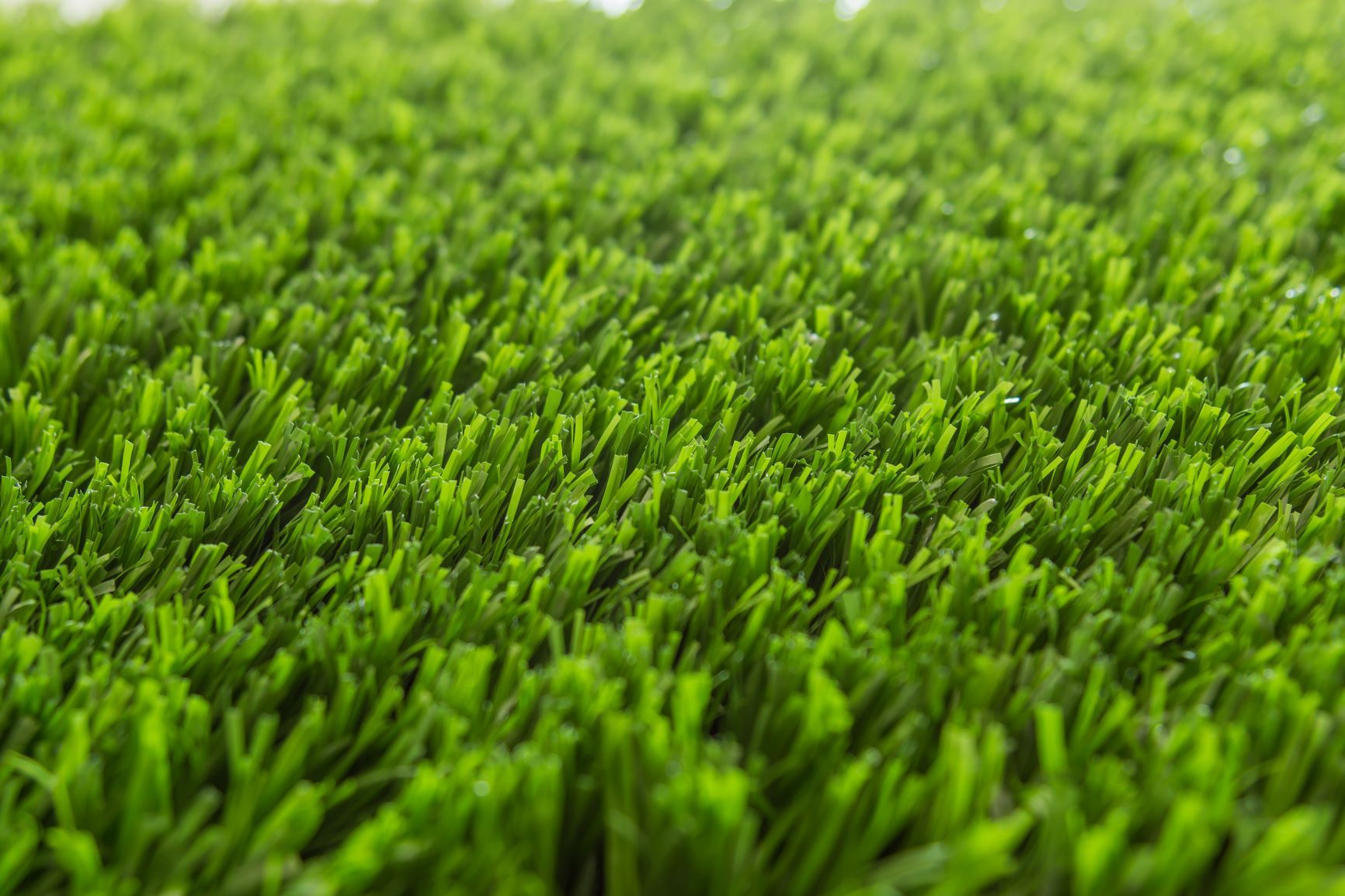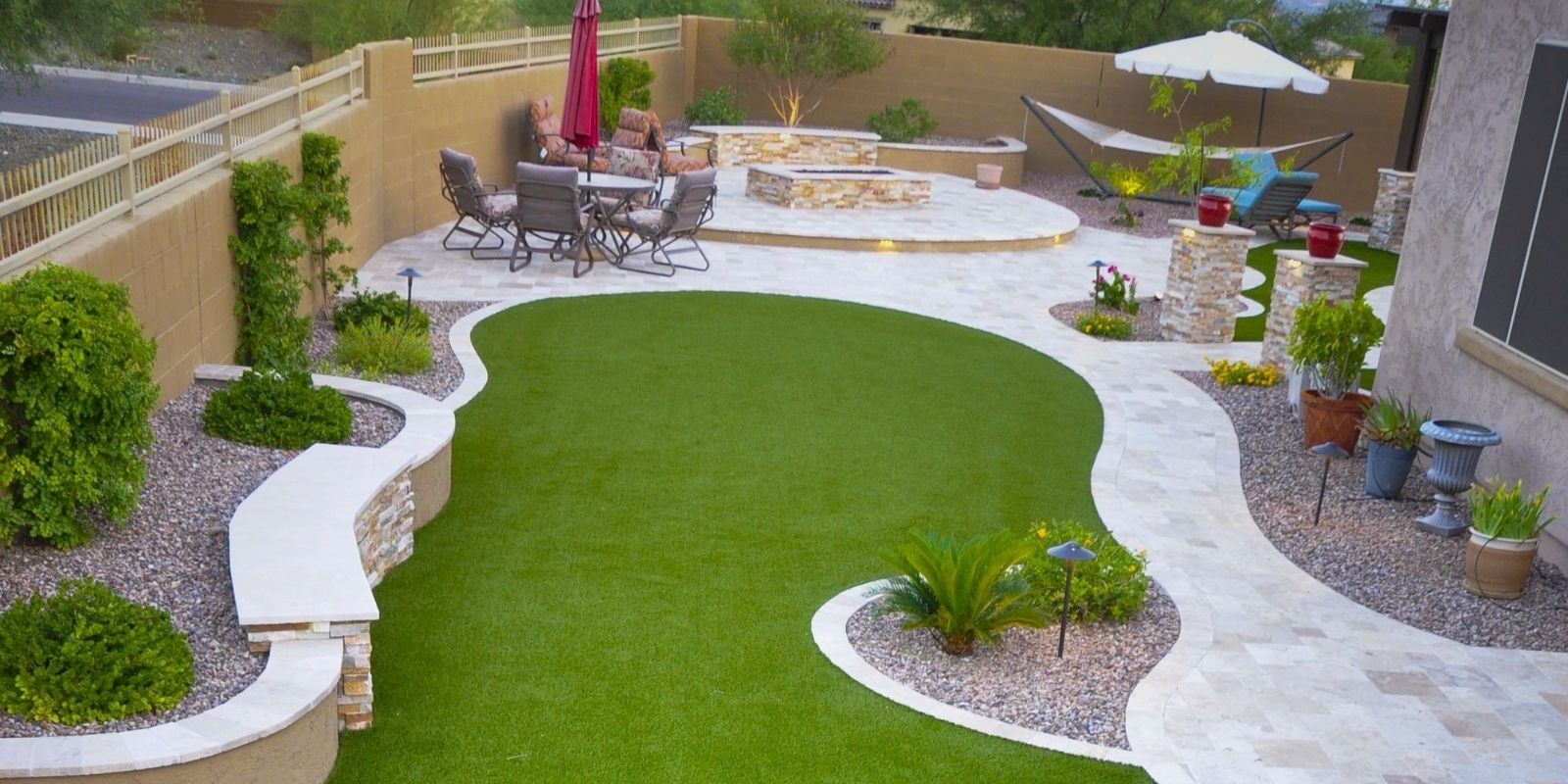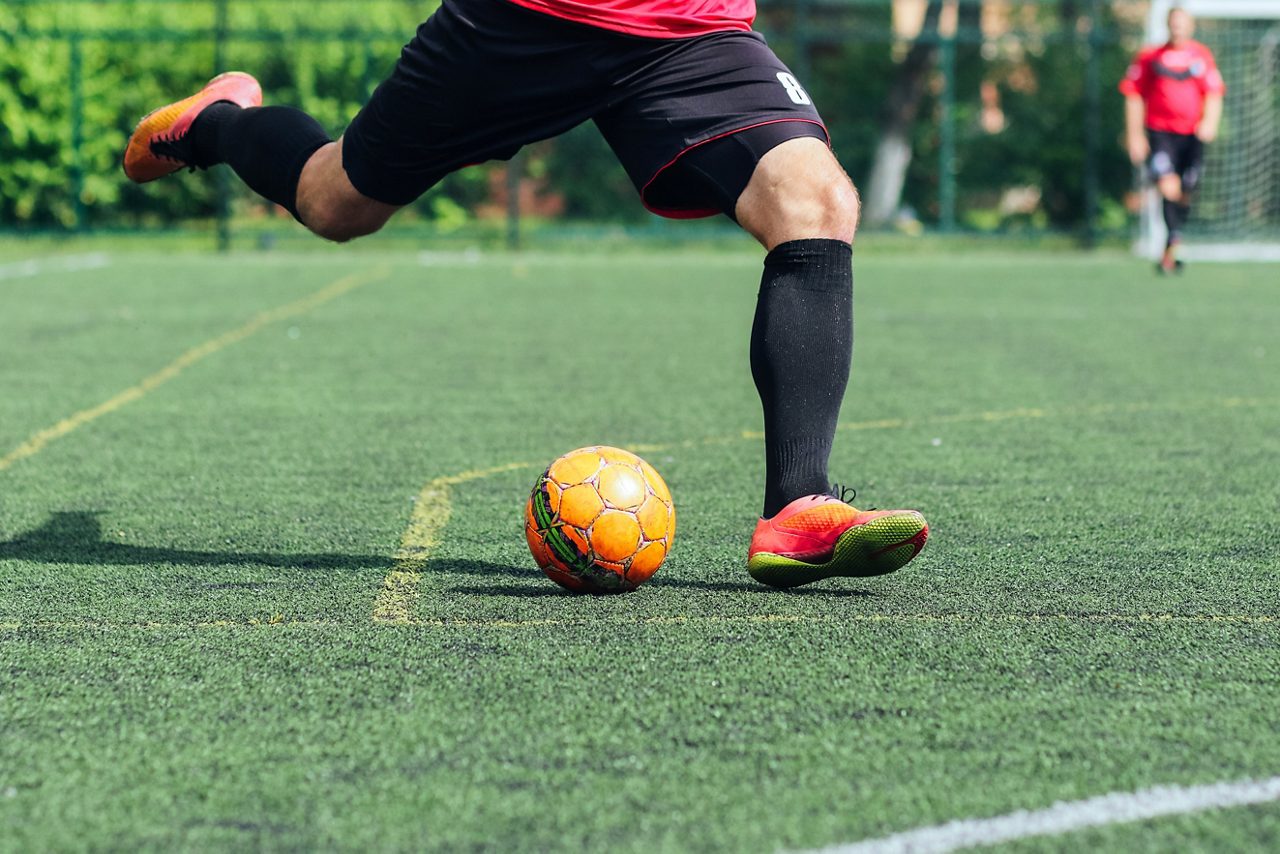Sustainable Arizona Artificial Turf for a Always-Green Lush Green Lawn
Sustainable Arizona Artificial Turf for a Always-Green Lush Green Lawn
Blog Article
See Why Homeowners Prefer Synthetic Grass for Sustainable Landscaping Practices
As homeowners increasingly focus on sustainability in landscaping, fabricated lawn has arised as a compelling option to traditional yard. What remains to be checked out is the full range of advantages that synthetic lawn can supply to homeowners and the environment alike.
Water Preservation Advantages
One of the most significant advantages of synthetic grass is its duty in water preservation. In comparison, fabricated grass removes this demand entirely, as it does not require irrigation.
In addition, the setup of artificial lawn can add to an extra lasting landscape. Property owners can dramatically reduce their water costs, allowing for reallocation of resources to various other ecological campaigns or house usages. In addition, synthetic lawn is developed to stand up to numerous weather conditions without the requirement for supplemental watering, making it an excellent choice for regions dealing with water scarcity.
The environmental benefits prolong past prompt water savings. By decreasing water consumption, fabricated grass helps to mitigate the influences of environment adjustment, preserving important ecological communities that are endangered by excessive water extraction. As lasting landscape design techniques gain grip, synthetic grass becomes a liable option for property owners seeking to produce eco-friendly outdoor spaces.
Decreased Maintenance Efforts
Synthetic grass dramatically reduces maintenance initiatives contrasted to standard grass lawns. With man-made yard, property owners can remove the taxing jobs related to natural landscaping, such as mowing, fertilizing, and weeding. This not only conserves important time but additionally decreases physical labor, making yard care available for individuals of any ages.
One of the most notable advantages is the absence of regular mowing. Traditional yards call for frequent trimming to preserve a visually pleasing elevation, whereas artificial turf stays regularly lush without the requirement for cutting. In addition, home owners no longer need to use chemicals or plant foods, which are usually required to maintain natural grass healthy. This change not only lightens the workload but also promotes a neater, much more consistent appearance year-round.
Moreover, synthetic grass is resilient and durable, requiring very little upkeep beyond occasional cleaning and washing to eliminate particles. This simplicity of upkeep enables homeowners to enjoy their outdoor rooms without the consistent fear of maintenance, offering even more time for leisure and family activities. Ultimately, the reduced upkeep initiatives related to synthetic grass make it an attractive alternative for those seeking a low-maintenance, aesthetically appealing landscape.

Environmental Impact Reduction
There is an expanding recognition of the ecological benefits linked with synthetic grass, specifically in terms of water conservation and reduced chemical usage. Typical lawns call for considerable amounts of water, specifically in drought-prone regions, bring about enhanced strain on regional water resources. On the other hand, synthetic grass removes the requirement for watering, considerably reducing water consumption and promoting sustainability.
In addition, traditional lawn maintenance commonly entails the application of plant foods, pesticides, and herbicides, which can add to soil and water air go to these guys pollution. Artificial grass alleviates this ecological danger by needing marginal upkeep and virtually removing the requirement for damaging chemicals. This not only boosts dirt health yet likewise safeguards local ecological communities from harmful runoff.
Furthermore, the production of natural lawn yards commonly entails using fossil fuels for mowing and landscape design devices, further adding to greenhouse gas exhausts. By picking synthetic grass, home owners can significantly lower their carbon footprint connected with yard treatment activities.
Visual Charm and Versatility
Along with its environmental advantages, synthetic turf offers substantial aesthetic appeal and flexibility for landscape design. Home owners can accomplish a lavish, environment-friendly appearance year-round, removing the seasonal fluctuations commonly connected with natural grass. This regular aesthetic not just boosts the visual appeal of a property but likewise adds to a sleek and well-maintained appearance.
Moreover, synthetic grass is available in a range of structures, shades, and designs, permitting personalization to fit private preferences and design themes - Arizona turf. Whether used in property gardens, industrial areas, or entertainment locations, it can effortlessly incorporate right into varied landscape design styles, from contemporary minimal to lush tropical settings
The adaptability of synthetic grass expands past simple look; it can be mounted in various areas, consisting of rooftops, patios, and even indoor rooms, producing opportunities for one-of-a-kind landscape design options. Furthermore, it is ideal for a variety of tasks, from youngsters's backyard to pet-friendly settings, supplying performance without jeopardizing design.
Eventually, the aesthetic appeal and versatility of synthetic grass make it an site web eye-catching alternative for property owners looking for lasting landscape design options that do not sacrifice beauty for environmental obligation.

Long-Term Expense Financial Savings
Among one of the most engaging benefits of fabricated turf is its capacity for lasting price financial savings. Unlike all-natural yard, which calls for routine upkeep-- including mowing, watering, fertilizing, and bug control-- synthetic grass substantially lowers these ongoing costs. Property owners can save a significant amount on water costs, especially in regions where water deficiency is a pushing problem. The elimination of grass care services better adds to monetary cost savings, as there is no need for customized equipment or labor.
Additionally, man-made turf has a life-span of 15 to 25 years, depending upon its quality and usage. This sturdiness minimizes replacement costs, making it a much more cost-effective option over time. The initial investment in man-made lawn can commonly be redeemed via the financial savings accumulated over time.
While the upfront expense may seem greater contrasted to sod installment, the advancing cost savings from lowered maintenance and water use usually imp source outweigh these initial expenditures. Eventually, the adoption of synthetic grass not only advertises a lasting landscaping remedy yet likewise supplies property owners a monetarily wise choice that straightens with lasting budgeting goals.
Conclusion
Synthetic grass arises as an engaging alternative for sustainable landscape design, offering considerable benefits in water preservation, lowered upkeep efforts, and decreased environmental influence. Its aesthetic allure and convenience enhance the visual landscape while lining up with modern-day sustainability goals. Lasting expense financial savings add to its beauty for homeowners. As neighborhoods progressively prioritize eco-friendly techniques, the fostering of man-made grass stands for a modern action toward achieving resistant and lasting landscapes.
Additionally, man-made grass is created to stand up to various weather conditions without the need for supplementary watering, making it an ideal selection for areas encountering water shortage. (Phoenix turf companies)

Man-made turf emerges as a compelling choice for sustainable landscaping, using considerable benefits in water preservation, decreased maintenance initiatives, and reduced environmental impact.
Report this page